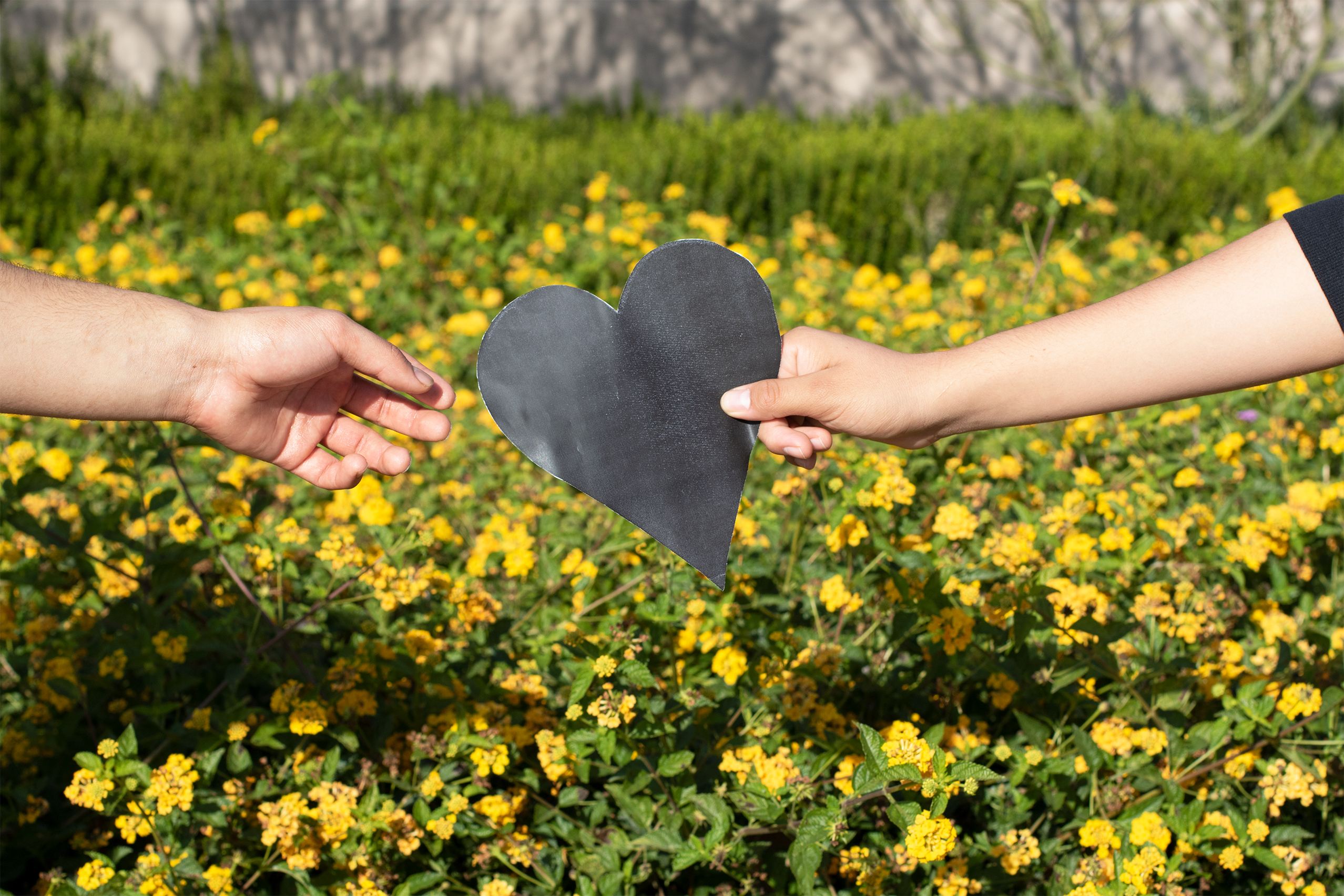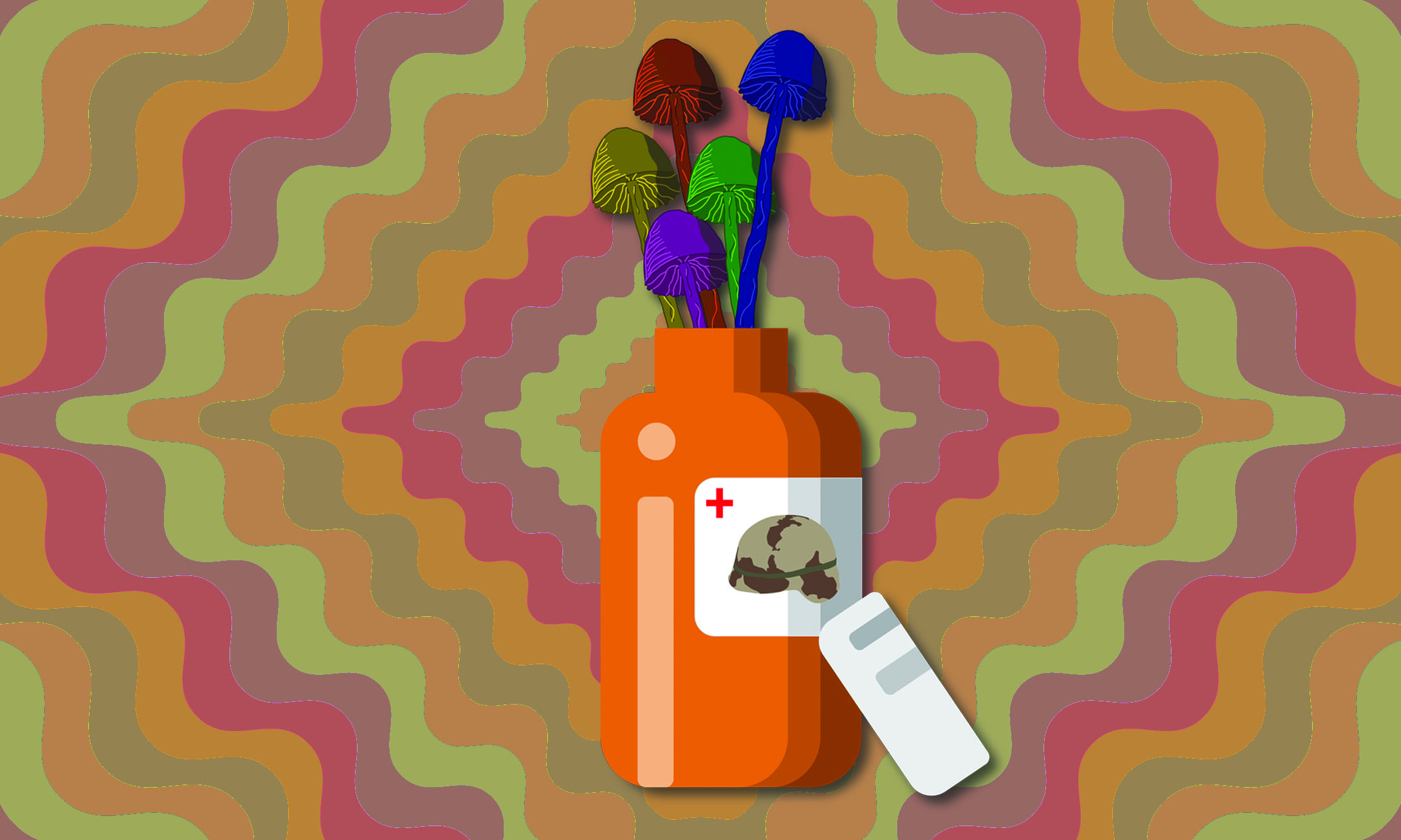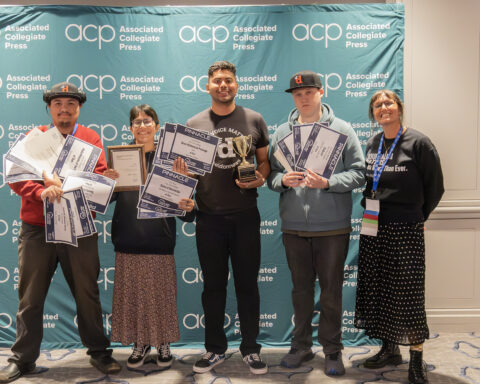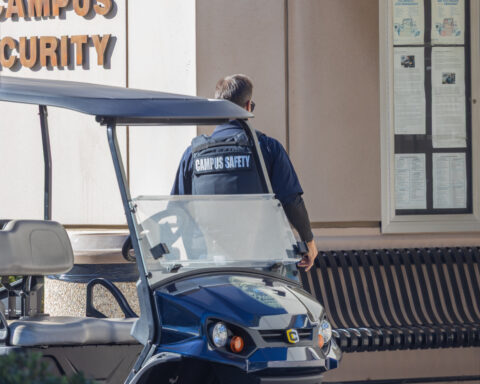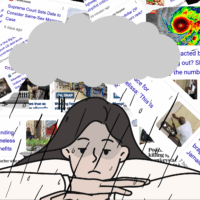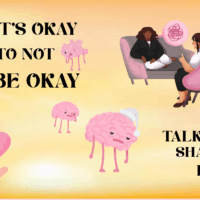Editor’s note: Please see below for the accompanying podcast and zine.
It’s a foggy Tuesday morning and Veronica overslept for her 8 a.m. accounting class. She is anxiously rushing to class once again after oversleeping due to working late hours and staying up until 3 a.m. to do homework. This has become a pattern for her this fall, her first semester back on campus after the pandemic. Being a full time student with a full time job can be difficult and can quickly lead to burn out for some.
“This morning was really hard for me, I had a crying breakdown before class because it’s really hard trying to work full time and go to school full time. I had to drop most of my classes because I couldn’t do it anymore. It was too stressful and overwhelming.” said Veronica Frausto, a business major at Santa Ana College.
Veronica is just one of a growing number of community college students who are struggling to balance school, work, social life and their mental health. Surveys conducted in the last year and a half show that anxiety and depression have increased among college students, impacting between 40% and 60% of all respondents.
According to one survey done by BestColleges.com 95% of college students have experienced negative mental health symptoms since the beginning of the pandemic.
The term “Mental Health” includes any aspect of our emotional, psychological and social well-being. Experts say the five most common mental diagnoses amongst the general public include: Depression, anxiety, Bipolar affective disorder, Schizophrenia and dementia.
“As a clinician and now professor, the most prevalent mental health issues I see today are anxiety and depression amongst our students,” said Santa Ana College Psychology Professor Jeff Pedroza.
Pedroza said most students don’t notice the symptoms of these issues right away because they are so busy with family, friends, work, partner or academic obligations. Most of the time, he said, our instinct is to tend to others first rather than ourselves.
One way to tend to yourself is to identify your triggers.
In mental health, a trigger is something that affects your emotional state, often causing overwhelm or distress. Major triggers can include loss of family members or friends, loss of employment, loss of a relationship, uncertainty or anything that significantly alters your emotional well-being.
Environmental triggers factor into everyday life but can vary depending on the individual. Some examples include academic workload, finances, home life, homelessness and even seasonal changes.
But a trigger does not mean a diagnosis
“For one example a transition to remote learning and that adjustment period can trigger some of these symptoms and just because these symptoms are present doesn’t mean you meet criteria for a diagnosis,” said Dr. Jill Kapil SAC’s lead psychologist. “It just means that your body and your mind is reacting to what’s happening in your environment and that’s what is triggering these specific symptoms.”
So how do you know when “the big sad” needs a diagnosis?
Kapil says it may just be a low period which is normal, although it’s important to pay attention to your emotional and mental state. Take note if you lose interest in activities you used to love, experience low mood, a change in sleep and appetite or maybe thoughts of suicide. Kapil says if your symptoms last more than two weeks, it would meet the criteria for a depressive episode and may meet the criteria for a diagnosis.
A diagnosis can help you identify what is going on and can help open up doors to seek help if necessary.
“Yeah a lot of times we just ignore those signs because we just have to work through them. I heard a definition of depression described to me years ago by a professor. ‘Depression is anger turned inwards’ and I thought what an interesting way of looking at the world. Those are some typical things people should look for.” – said Pedroza
After identifying some of these symptoms and trying to find ways to take care of yourself, here are some examples: being mindful of your headspace, going for walks, listening to music, exercise, journaling, practicing breathing or relaxation techniques or reaching out for support from others.
Kapil says seeking help whether it be with a professional or not, is a very scary and vulnerable thing. It takes a lot of strength to acknowledge that you may need help and recognizing that is the first step in the direction of growth. Also recognize that seeking help or support doesn’t mean that something is wrong or that something is bad. It just means that you want that extra support when it comes to finding what may help you heal in the long run.
“Never give up, keep on going, although there is always gonna be ups and downs, just keep on pushing with life,” said Veronica who was helped through a “big sad” by two therapy sessions at SAC’s Health and Wellness Center.
“I know for me I didn’t seek out help for a while because I thought people would look at me differently but we are all equal. We are all human, don’t feel embarrassed or ashamed to seek out help because I’m sure a lot of people need it.” – said Veronica
Whether your support system consists of friends, family, partners or a professional. It’s a sign of growth to be able to take that step and reach out to someone.
If these self care techniques don’t work, Pedroza recommends the health and wellness center.
The Health and Wellness Center health fee you pay at the beginning of each semester covers these services:
- Birth Control and Family PACT program*
- Blood pressure checks
- Dermatology
- Emergency Contraception*
- First aid treatment
- Flu immunization*
- Hearing test
- Laboratory tests*
- Physical examination*
- Spirometry*
- Sexually transmitted infection (STI) testing
- Tuberculosis (TB) skin test*
- Urine drug test*
- Vision screening
*Modest fees, list available upon request.
SAC WELLNESS CENTER INFORMATION
Call 714-564-6216
OR
Email: SACHealth_Center@sac.edu
- Students fight for mental relief under the weight of the pandemic - December 10, 2021
- Downtown photo exhibit features students and their maestras - November 9, 2021
- Santa Ana councilmember’s cousin was killed by Anaheim police in his district - October 7, 2021


